When a sequel is better than the original: On 2/22/2022, here are some of the best ‘2’ cameras of all time
posted Tuesday, February 22, 2022 at 1:30 PM EDT
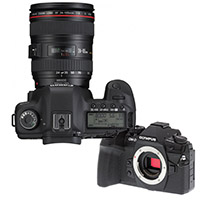
To celebrate 2/2/22, which also falls on a Tuesday – how fun! – I've picked some of my favorite cameras to feature a '2' in their model name. To be clear, 'II' also counts, so don't worry, all those Mk II cameras are still in the running.
If I were really committed to the theme, I'd only pick a pair of cameras to feature, but that would be leaving out way too many amazing cameras. By the way, these are also in no particular order. Without further ado, let's get to it.
Canon EOS 5D Mark II
The Canon EOS 5D Mark II was a huge deal when it was announced in September of 2008. The 21.1-megapixel full-frame camera was a big step up over the original 5D. When I think of the 5D series, the Mark II is the first one that comes to mind due to its importance for Canon and how the camera raised the profile of the entire EOS camera series.
The jump to 21.1MP from 12.8MP was huge in 2009. Heck, there are new cameras on the market now, over a dozen years later, that are still right around that same megapixel count, including some full-frame cameras.
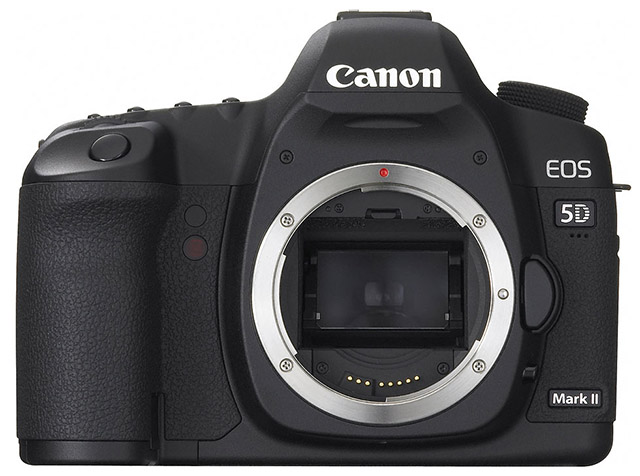
I still regularly see images online captured with the EOS 5D Mark II. Even now, in 2022, it's a very capable camera. There are also a ton of them available at good prices on the second-hand market. Back in 2019, KEH, a large buyer and seller of used camera gear, ranked the top 10 best-selling digital cameras from 2010-2019 and which camera topped the list? None other than the Canon EOS 5D Mark II.
Fujifilm X-T2 and Fujifilm X-Pro2
The first X Series camera to offer 4K video recording, the Fujifilm X-T2 didn't just follow in the footsteps of the excellent X-T1, it completely overshadowed it. The DSLR-styled X-T2 was a thoroughly impressive camera when it launched in 2016. The 24.3MP APS-C X-Trans image sensor still holds up well to this day, and the X-T2 is a fantastic example of what an APS-C camera can do, both in terms of still photography and video.
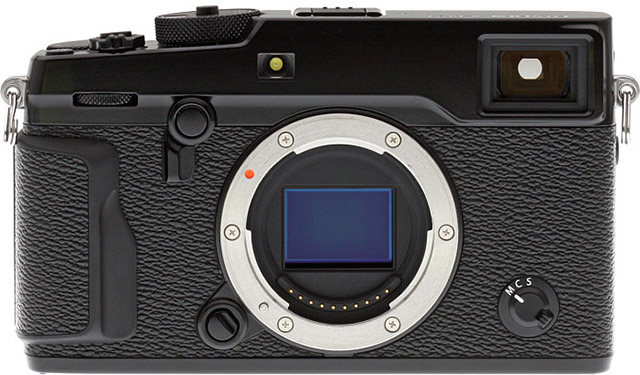
Its rangefinder-styled sibling, the X-Pro2, is perhaps just as good, although different. Coming out a bit before the X-T2, the X-Pro2 lacks 4K video recording and doesn't include a touchscreen. These were both somewhat disappointing omissions, but nonetheless, the X-Pro2 is a great '2' camera.
The Nikon D2H and D2X
Nikon followed up the Nikon D1 by skipping the D2 altogether. Instead, Nikon released a pair of D2-series cameras about a year and a half apart, the Nikon D2H and Nikon D2X. The Nikon D2H sported a 4.1MP CCD image sensor, which isn't particularly impressive now but was ample at the time. But most amazingly, the D2H shot at 8 frames per second, came with Wi-Fi, and supported a new flash system. At the time of its release in 2003, we wrote, 'the D2H is easily the most enjoyable camera to shoot with that I've yet handled, with a fluid, fast, and easy to use user interface that intrudes minimally on the shooting experience.' That's high praise.
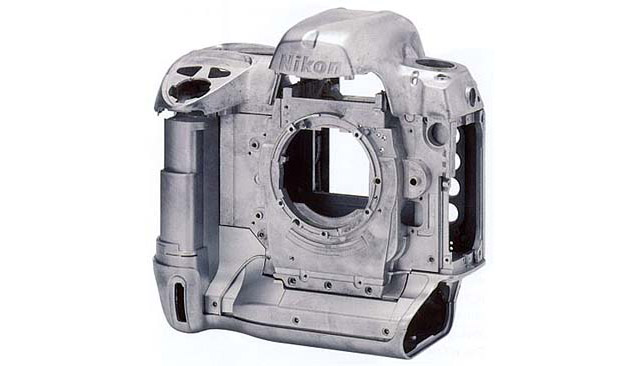
But only 4.1 megapixels? That's a bit of a bummer, right? Nikon agreed that there should be an option for photographers requiring more resolution, so the Nikon D2X launched in 2005 with a new 12.2MP CMOS image sensor. You didn't even sacrifice much speed, either, as the D2X could still shoot at 5 frames per second. If you wanted the 8fps speed of the D2H, that was possible too by using a high-speed crop mode that still delivered 6.87MP image files.
While the tests of time have proven too much to handle for the Nikon D2-series cameras, at the time, they were important cameras for Nikon, signaling that it was still very much a force to be reckoned with in the professional SLR market. It's easy to forget that the transition to digital was tough for long-time stalwarts in the industry, and Nikon was no exception. Continued success was no guarantee, even for the giants of the industry.
Sony A7 II, A7R II and A7S II
Thanks to Sony's naming scheme, there are a lot of cameras to choose from. No disrespect to the more recent – and excellent – Sony A9 II, but I'm going to focus on Sony's electric 2014-2015 release schedule. I don't think that year will ever be topped in terms of incredible cameras coming out from a single manufacturer across a 12-month period. To recap, in November 2014, Sony announced the A7 II. In June 2015, Sony announced the high-resolution A7R II. Four months later, in October, Sony announced the low-light monster that is the Sony A7S II.
In less than a year, Sony announced and launched three amazing full-frame interchangeable lens cameras. Not just three cameras, but three very very different models. Yes, the body and designs are pretty much uniform – which is certainly part of Sony's aggressive release schedule – but the image sensors, target markets and price points were all quite different.
The 'basic' mode, the Sony A7 II, launched for around $1,700, which is incredible for a full-frame camera at that time. The A7 II's design addressed many of the ergonomic quirks of previous A7-series cameras and the camera marked a transition for Sony. The A7 II, and proceeding 'II' models, helped solidify Sony as a legitimate force in the camera world and helped propel mirrorless technology to the forefront of the photo industry. Mirrorless cameras weren't new by this point, but they hadn't fully caught on. Thanks to cameras like the A7 II, mirrorless is the primary camera technology we see today.
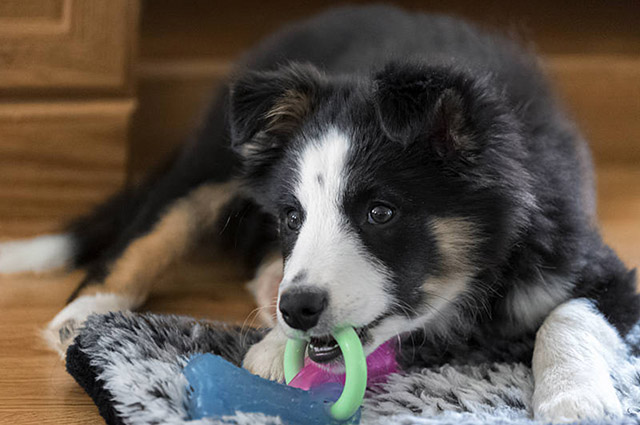
The Sony A7R II took a slightly different approach, opting for a higher-resolution image sensor and higher price. The A7R IV had the largest backside illuminated CMOS image sensor of any camera on the market and its 42MP image sensor holds up exceedingly well to this day.
On the other hand, the Sony A7S II packed a full-frame sensor with only 12 megapixels. That was a low count, even in 2015, but the $3,000 camera proved to be a powerhouse for low-light photo and video applications. It also lacked phase-detect autofocus points, something present on both the 24MP and 42MP Sony A7 II and A7R II cameras.
Sony offered something for everyone in 2015. There's no doubt that the A7 II, A7R II and A7S II encouraged a lot of DSLR users to make the jump to mirrorless and the jump to Sony in general.
Olympus E-M1 Mark II
With a new 20MP image sensor, the Olympus E-M1 Mark II set a new standard for Micro Four Thirds cameras. Compared to the original E-M1, the 'sequel' not only included a new, higher-resolution image sensor, it also included a revamped autofocus system, a pair of faster processors, 4K video and much more. It's not often that a new camera model encourages someone to upgrade as much as the E-M1 II did when it launched in 2016. But it did basically everything better.
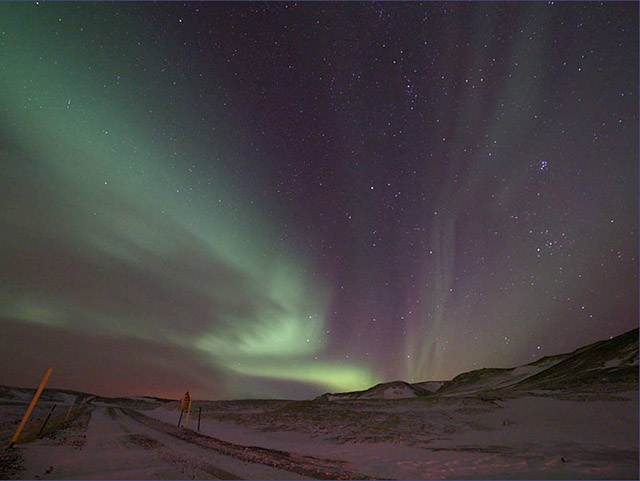
Olympus, and now OM Digital Solutions, has continually delivered durable, rugged MFT cameras with good image quality, performance and speed. We wrote of the E-M1 Mark II, 'The Olympus E-M1 Mark II is an fantastic camera. Done. Period. It takes the OM-D system to a new level, especially when it comes to speed and performance.' There's not much more to say than that, the E-M1 II is one of the best '2' cameras of all time.
Wrapping up
There are so many cameras that incorporate a '2' into their model name and many fantastic ones that I haven't mentioned. Some 'honorable mentions' can be reasonably doled out to the excellent premium compact all-in-one Sony RX100 II and its full-frame counterpart, the Sony RX1R II. I've talked to my colleague, William Brawley, about my hopes for an RX1R III for years. I don't think it'll ever come, but I'll keep wishing because the RX1R II is a remarkable and fantastic all-in-one camera. Hey, maybe by 3/3/2033?
Speaking of cameras that may never come to be, here's one that will definitely never come to be, the Samsung NX2. The Samsung NX1 was a really cool camera that used a Samsung-made image sensor. It delivered great image quality, but the NX system never took off and Samsung quietly killed its camera system and left the market. Sadly, the NX2 is a sequel that wasn't meant to be.
If you want a medium-format camera, it's hard to go wrong with the Fujifilm GFX 50S II, which is an interesting sequel insofar as it uses the same image sensor as the original but changes basically everything else.
Readers, what are some of your favorite cameras that incorporate a '2' into their model name? Are there any amazing 'sequels' that we missed? Let us know in the comments below.